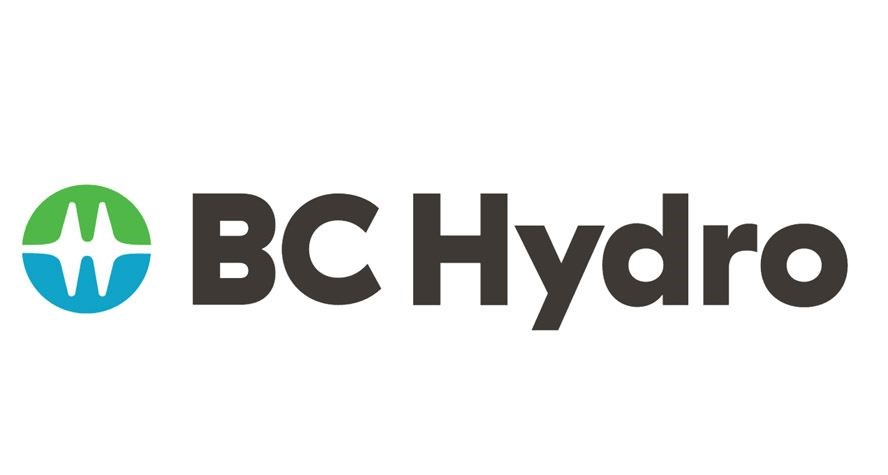With added power generation in the cards, BC Hydro is looking at ways to upgrade a key transmission system.
More than 30 per cent of the electricity produced in B.C. is generated in the Peace Region and is transported via three 500-kilovolt powerlines running 600 kilometres from Hudson's Hope to the Kelly Lake substation just south of Clinton.
With the lines now at 95 per cent capacity, BC Hydro is fleshing out the Peace to Kelly Lake Capactors Project - a plan to build additional capacitor stations along the route to help maintain the voltage, city council was told Monday.
"As power moves along those lines, there are an number of factors that limit capacity on those transmission lines," BC Hydro project manager Mark Alexander said. "One of those factors is voltage. As power moves down the lines, the voltage drops on the other end and as we push more power through we get more of a voltage drop.
"We counteract that voltage drop by the addition of capacitors."
Capacitor stations at the Kennedy substation near Mackenzie and at McLeese, just north of Williams Lake, are doing that job. But notably, at about 50 years old, Kennedy is getting old and more capacitors need to be built to deal with the additional load, Alexander said.
Hydro is looking at three options, all of which involve removing equipment at the Kennedy substation, upgrading and expanding eastward the Williston substation in Prince George and building two new capacitor stations - one in the Pine Pass and one in the Bear Lake area.
One option would also remove the equipment at McLeese and build capacitor stations in the Quesnel area and the Spring House area south of Williams Lake; another would limit the work to Pine Pass, Bear Lake and Williston but keep McLeese operating as is and also expand Williston to the south; and the third would see a capacitor station just north of Quesnel and upgrades to McLeese.
Hydro will go through a "structured decision process" that will look at several factors, capital and operating costs key among them, along with capacities for future expansion.
Simply doing is not an option, Alexander said.
"We do need more power in the province, we are building that power and we need to get it to the loads and customers in the province," he said and added Kennedy has aged to the point where it needs to be replaced.
Limiting the work to just adding capacitors to the existing stations poses technical challenges "where we end up with high voltages on the system and it leads to system instability," Alexander said.
Adding a fourth transmission line from the Peace to Prince George was considered but found to be cost prohibitive.
"It definitely meets our requirements," Alexander said. "It has some benefits in reduced system losses, but with those high costs as well as the environmental footprint and the potential for negative impacts on stakeholders, landowners and First Nations, the capacitor solution is really the way that we could maximize the efficiency of the assets that we already have."
The first round of feedback is being gathered until July 20 and a leading alternative is to be selected by early 2019 to allow field work to be carried out that summer. Construction will start as soon as 2021 with completion sometime between 2024 and 2026, depending on the project chosen.
More information can be found at www.bchydro.com/pkcp.



